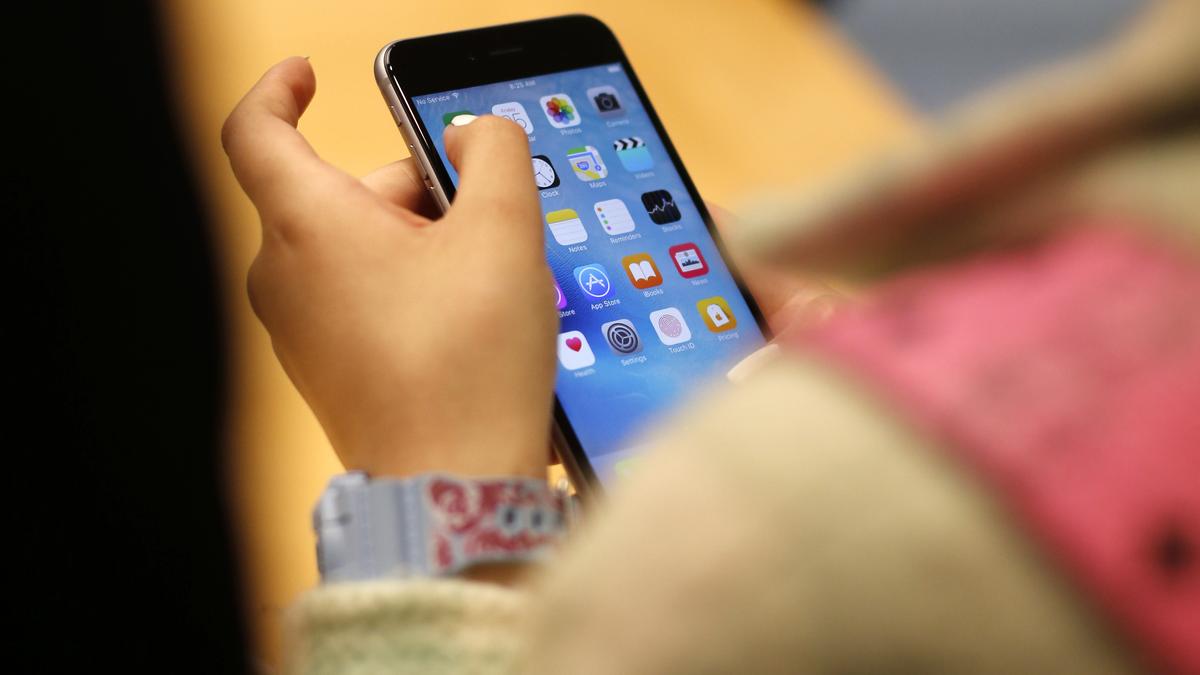
One Tech Tip: Use a roaming eSIM on your summer travels to avoid cellphone data fees
The Hindu
Short for subscriber identity module, the SIM is a little chip the size of a fingernail that fits into a slot on most phones.
For summer trips overseas, a smartphone is essential for most people. How else will you check Google Maps to find your Airbnb, post an Instagram video from the Eiffel Tower, or WhatsApp friends and family back home?
Of course, if you're using apps that gobble up data while traveling in a foreign country, there's always a risk of racking up hefty roaming fees from your phone carrier. The solution? An international travel eSIM for your smartphone.
How do you use this technology? Here are some tips.
If you've ever bought a new cellphone, you're probably familiar with the SIM card. Short for subscriber identity module, the SIM is a little chip the size of a fingernail that fits into a slot on most phones. Without it, you couldn't get cell service because it contains your account information and phone number.
(For top technology news of the day, subscribe to our tech newsletter Today’s Cache)
But physical SIM cards are slowly being replaced by eSIMs — the e stands for embedded — built into newer phones. These digital versions do the same thing and can make life easier, though people used to physical SIMs might find them confusing at first.
They make switching cell carriers easier. And if you've bought a new phone recently, you might not even have a choice: Apple got rid of the SIM card tray starting with the iPhone 14 released in September 2022.











